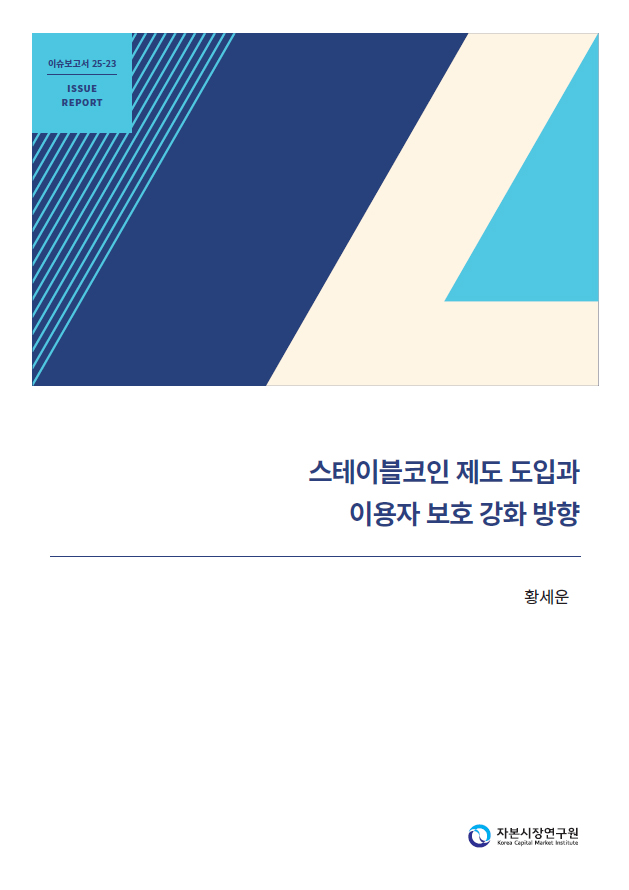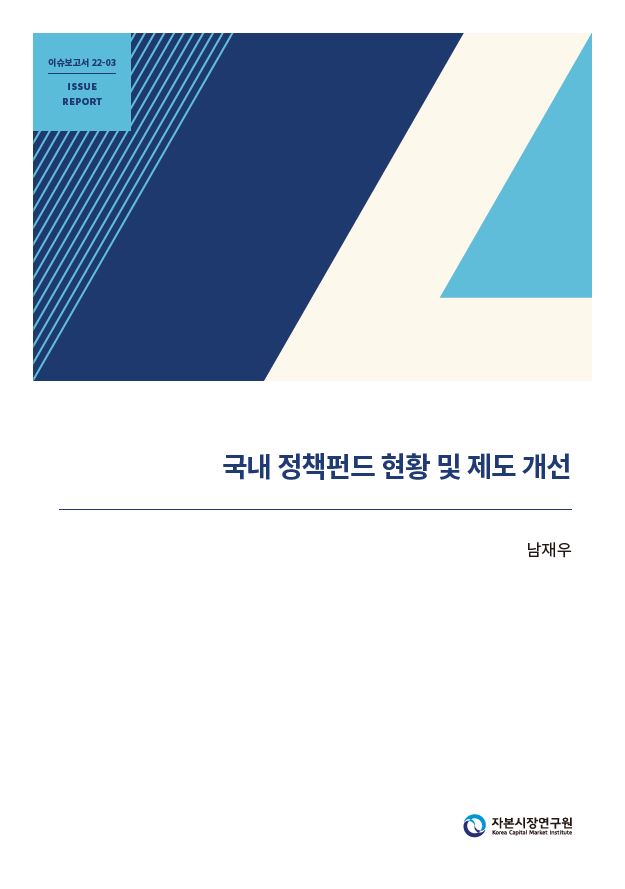Find out more about our latest publications
9 Results

The global stablecoin market has grown rapidly since 2020, and discussions on introducing such assets domestically have also been active. Concerns remain regarding the financial soundness of issuers and the possibility of coin runs, but some argue th...

This report examines the implications climate risk on capital markets and asset prices. Climate change is one of the most important issues in our generation and may have significant impacts on the economy. This report provides a comprehensive literat...

A government venture capital (GVC) fund refers to a fund of funds financed by the government. It aims to increase the supply of funding to sectors that are of public policy importance but are unlikely to receive sufficient funding from the market. Al...

Although securities firms have played a pivotal role in the development of capital markets, in-depth research on financial soundness regulations that have the greatest impact on their business activities has rarely been undertaken. Since its first in...